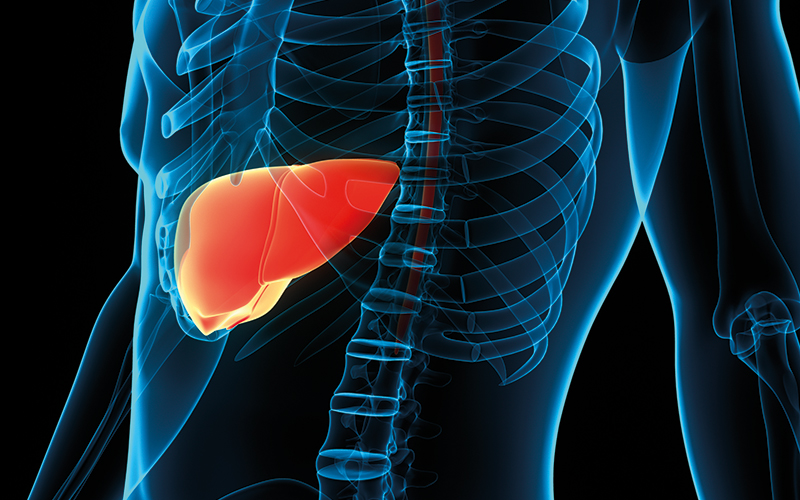Even if up to 70% of the human liver is removed, the remaining tissue can regrow a full-sized liver within months.

Taking advantage of this regenerative capability could give more options for treating chronic liver disease.
Massachusetts Institute of Technology (MIT) engineers have created a new liver tissue model that allows them to trace the steps involved in liver regeneration more precisely than has been possible before.
The model can yield information that couldn’t be gleaned from studies of mice or other animals.
“For years, people have been identifying different genes that seem to be involved in mouse liver regeneration, and some of them seem to be important in humans, but they have never managed to figure out all of the cues to make human liver cells proliferate,” says Sangeeta Bhatia, Professor of Health Sciences and Technology and of Electrical Engineering and Computer Science at MIT.
The study identified one molecule that appears to play a key role, and several other candidates that the researchers plan to explore further.
Image credit | Shutterstock




